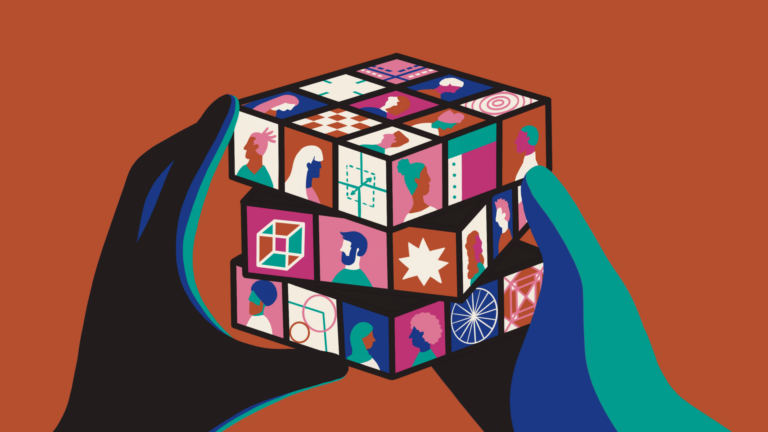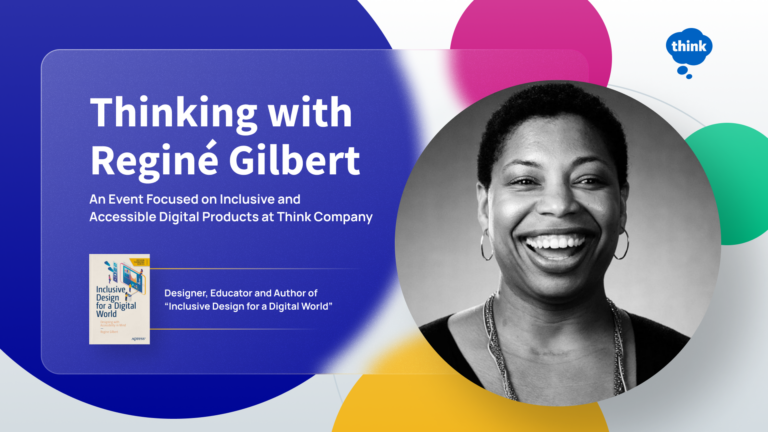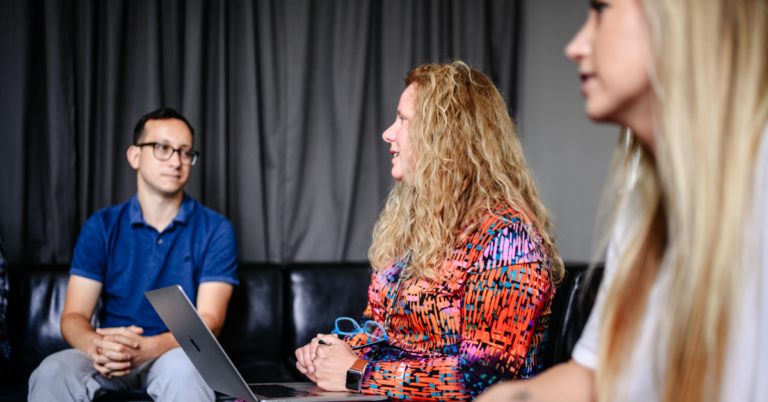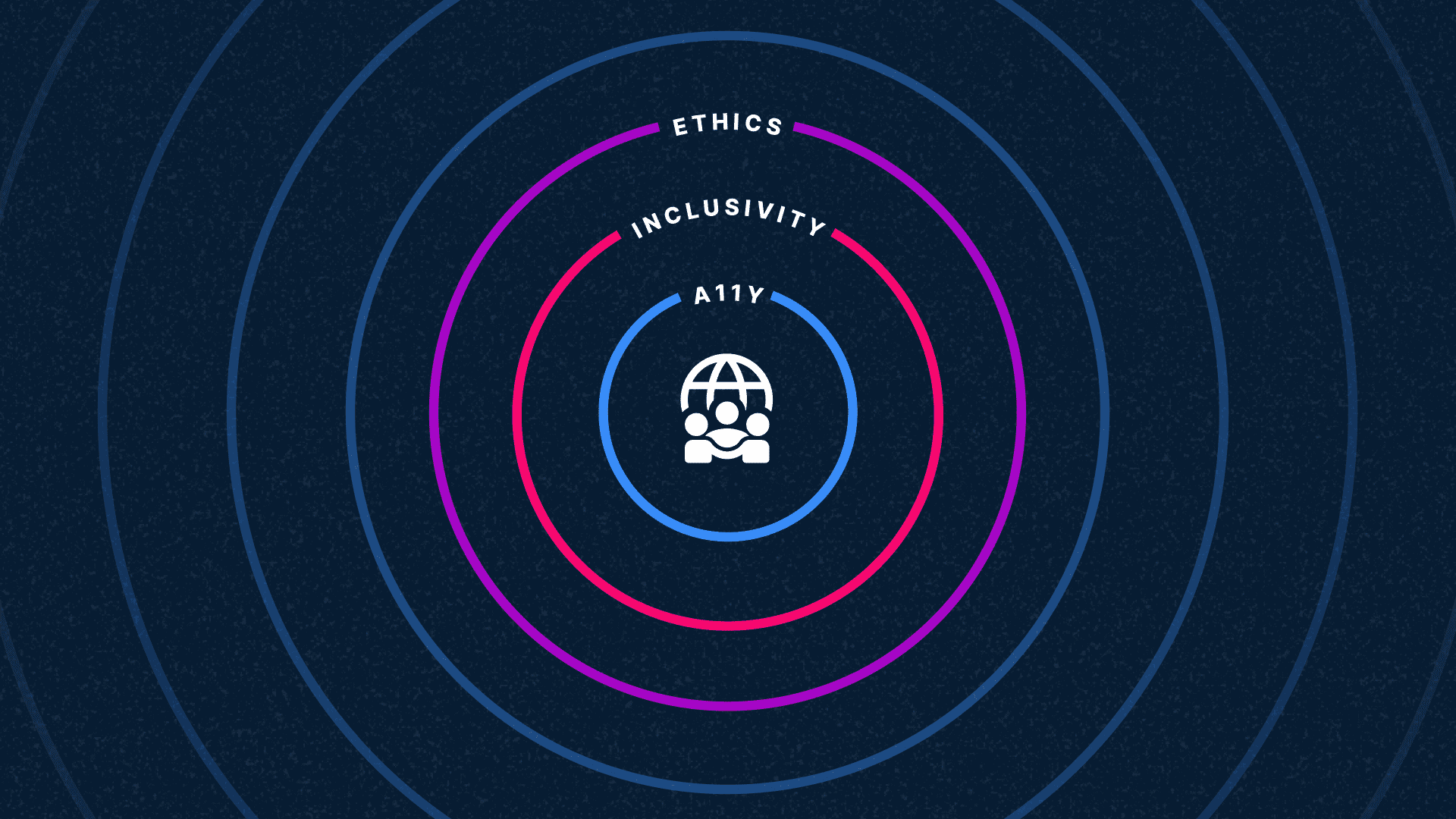
We’re living in a digital-first world, with new experiences seemingly changing the way we work and live daily. While innovation is generally viewed positively, constant changes bring new challenges.
Everyone is trying to keep up, adopt, and build the latest and greatest. We understand the temptation to be the first. However, in the course of new innovation—coupled with the need to meet aggressive business goals—it’s often shown through harmful customer experiences that leaders aren’t thinking about the full impact of their work on the people experiencing it.
As leaders in design and technology, we understand that every design and technical decision we make impacts people in the short and long term. So it’s important (and part of our practice) to be sure while we’re innovating for people that we’re doing so inclusively and ethically.
In order to help our team and the wider industry begin to take practical steps towards creating more ethical experiences, we built out a toolkit with a series of resources and templates that design and technology leaders can start using today. We’ll share that toolkit below, and outline the core challenges, principles, and paths forward in pursuing this work with enough understanding to make a positive impact.
Why is this important?
As leaders in design and technology, we believe it to be our industry’s responsibility to strive for the betterment of humanity through innovation. We’ve had endless conversations about the importance of centering humanity in our designed experiences, the consequences of not having these conversations, and tools and guidelines that can help.
Since late 2022, Big Tech companies in the U.S. have invested heavily in artificial intelligence with the development and distribution of large language models and chatbots. They’ve done this despite the risks and harms they admit are worrisome. Many researchers and ethicists such as Timnit Gebru, founder of DAIR Institute have advocated for more responsible approaches to developing AI technologies prior to the new wave of AI tools that have been released publicly.
Only recently has there been momentum and pressure from the U.S. government for the Big Tech companies to be held accountable to higher standards for the technologies they produce. This pressure has led the collective of Anthropic, Google, Microsoft, and OpenAI to form a new industry body called, Frontier Model Forum. This is a great step forward for the generative AI industry and this same action needs to happen for design and tech in general.
Ethical innovation should start with intention
Designers and technologists often struggle to understand how to factor ethics into their work intentionally, because the language and tools to productively discuss in cross-discipline teams and projects aren’t always approachable and seamless.
If teams don’t address ethical considerations for what they design early on—or fail to communicate about their intentions—important context and thinking gets lost. So how do we combat that? In order for your team to align on intention, kickoff the creation process with one question. For example:
“What impact do you intend to have on individuals, groups, and society through your designed experience?”
The conversations that follow can help the teams gain ethical perspective and intention. After all, design without intention is just decoration. We’ll get into what this looks like in practice later.
Good design is honest
Dieter Rams’ 10 principles of good design (Rule #6) emphasizes that good design is honest.
So how do you ensure that your latest innovation or product is honest and intentional? We’ve created a set of tools that can help.
Obstacles to creating with intention
“We would never, as a collective [society], accept this kind of mindset in any other industrial field. There’s something about tech and social media where we’re like: ‘Yeah, sure, we’ll figure it out later.’” — Valerié Pisano, Chief executive of Mila – the Quebec Artificial Intelligence Institute
You may have heard the phrase ‘move fast and break things.’ While working like this can lead to innovation, it can also result in cutting corners that lead to harmful impacts.
- Marginalization (or alienation) of people
- Systemic failures
- Privacy and security oversights
- Product distrust
How do we avoid these harmful effects and examples? We bring ethics-based questions and checkpoints to every strategy conversation and design review. We continue to do the work and have the conversations.
Impact Outlook: A suite of tools for building humanity-centered digital experiences
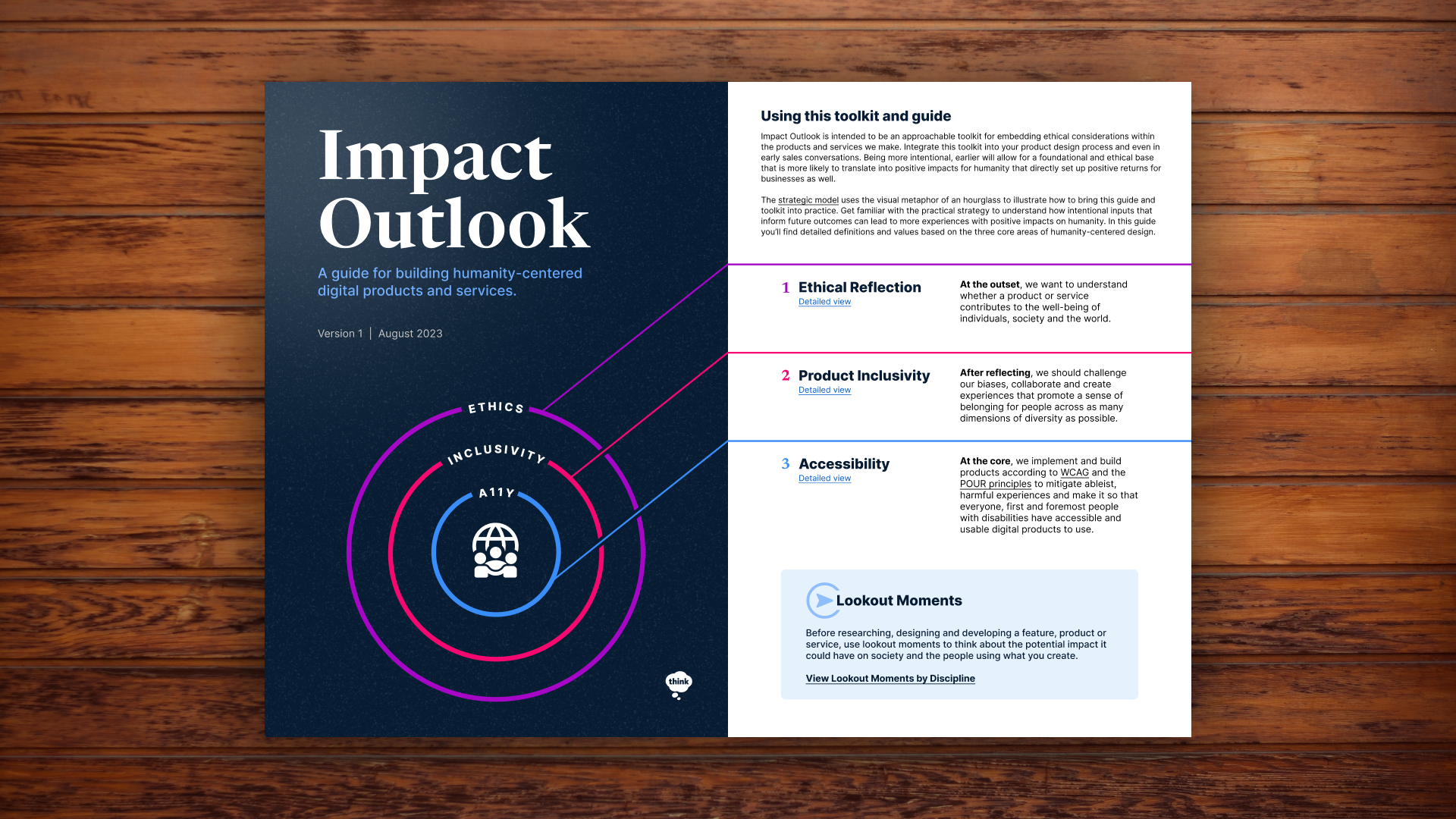
Here at Think Company, we created the Impact Outlook toolkit. Our intention was not to replace existing methods—in-fact, there are many good models out there that we highly recommend (Ethics Assessment from Spotify Design, The Tarot Cards Of Tech, etc.). We believe our model consolidates and lowers the barrier for entry into a conversation that often gets dismissed in favor of focusing on “the business” and its goals.
So what is the Impact Outlook? Let’s dig in.
Core principles
It is intended to be an approachable toolkit and guide for embedding ethical values into the products and services we make. In the guide you’ll find definitions and a values guide based on the three high-level areas of humanity-centered design:
- Ethics
- Inclusivity
- Accessibility (a11y)
Imagine a project where in an attempt to save time, your team skips the qualitative research phase; maybe your partners feel the quantitative data from your tracking software is enough to work with. It might be enough to start, but when we think about what role qualitative research plays long term, we know that it helps us create inclusive and equitable experiences for people who use the products and services we design.
This is when the flexibility of the framework and toolkit comes into play. For instance, in order to address the decision you could pair the guide’s terms & definitions with a SWOT analysis, using the two to reframe the conversation into a business evaluation of threats posed or opportunities missed from skipping the ethical path of qualitative research. From there you may negotiate a plan for reconciling the gap or, ideally, establish its urgency to execute immediately—that’s up to you and your team.
We’re not necessarily looking at these conversations as arguments to “win.” Instead, we intend to: provide an understanding of how these intangible ethical decisions may translate into positive or negative business impacts, welcome more collaborators and voices, and help to create and evolve more evaluative measurement methodologies that influence change.
Are you interested in learning how to reframe conversations your team is having about design? Check out the full guide on Figma or download a copy.
Ethics, inclusivity, and accessibility go hand-in-hand
These three interdependent areas introduce key considerations when creating experiences that lead to positive outcomes and impact on individuals, society, and the world.
As mentioned above, when we start to design an experience teams should align on intention. Let’s take that a step further and ask ourselves:
- What benefits do you expect people to gain from your product or service?
- Who should our product or service be made for?
- How is access to the product enabled?
Mismatches of intention can weaken the quality of experiences, so getting aligned with these three questions can mean the difference between a successfully integrated experience and an alienating experience that marginalizes groups of people.
Strategic Model
The strategic model we explain in the guide can be best described through the visual metaphor of an hourglass with multiple layers of colorful sand. Thinking about how it works can help you see how intentional inputs that inform future outcomes can lead to a more positive impact.
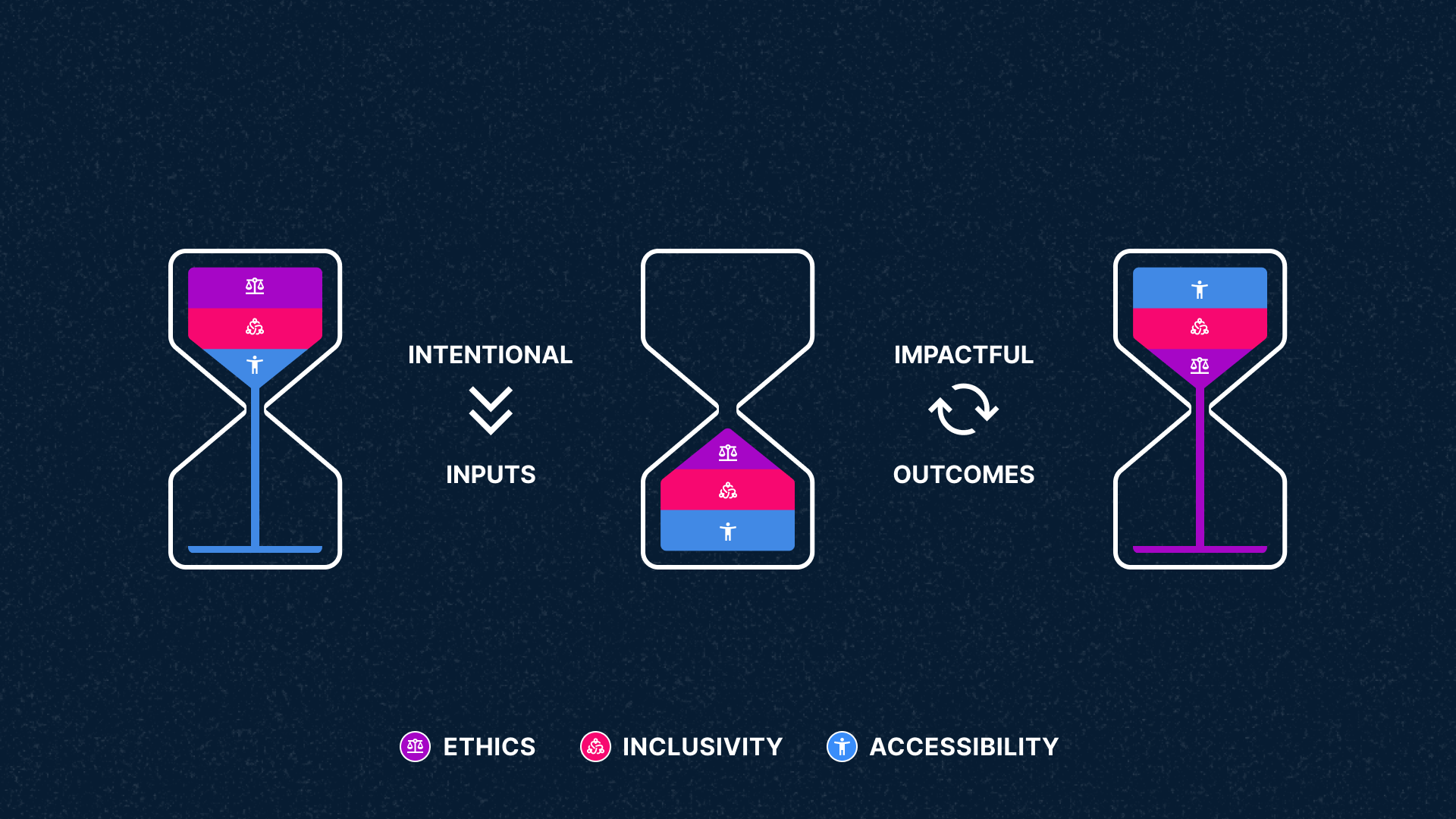
Accessibility is a foundational indicator of a product, service, or experience’s ethical focus. When you build something new, accessibility should always be an early conversation. But you can’t have a conversation about accessibility without thinking more broadly about inclusivity. And, planning for inclusivity is dependent on a conversation about ethics.
When building your service or experience flows in this direction, you can turn the hourglass over to deliver work that is ethical at its core, because it’s systematically inclusive and accessible on the front-end. Even if the sand doesn’t fill 100% at each level every time, this structure will continue to influence future opportunities.
FigJam Widget + Lookout Moments
Along with the guide, we’ve created a widget in FigJam (one of our favorite tools) that your team can use for guidance and reflection while creating your digital products and experiences. This handy widget can be used on the same canvas your team already collaborates in to create great products. It’s as simple as choosing how much time you have for the conversation, starting the timer, and discussing the values and how they will be embedded into your new or existing experience.
More resources from leaders in the industry
As we’ve been building and evolving a design practice that centers humanity we’ve looked outward to many prominent leaders within this space. Below are some resources we found valuable:
- Design for Cognitive Bias, by David Dylan Thomas; Think Company Alum
- Breakyourbias.com, Preston Spire and YMCA of the North’s Equity Innovation Center
- Ambiguity Effect, The Decision Lab
- Center for Humane Technology
- Dieter Rams: ten principles for good design
- Humane by Design
- HmntyCntrd
Intentional design leads to better impact for humanity
While intention does not equal impact, a well-intentioned collaboration and process informed by aligned values can set the foundation for a more positive, impactful experience for individuals, groups, and society as a whole.
We’re passionately determined to ensure we center humanity in our designs and experiences—and we think you should be too.
Is your organization designing with intention? Do you have tips for intentional designs? We’re always interested in discussing how to better center humanity in designs. Let’s chat.
